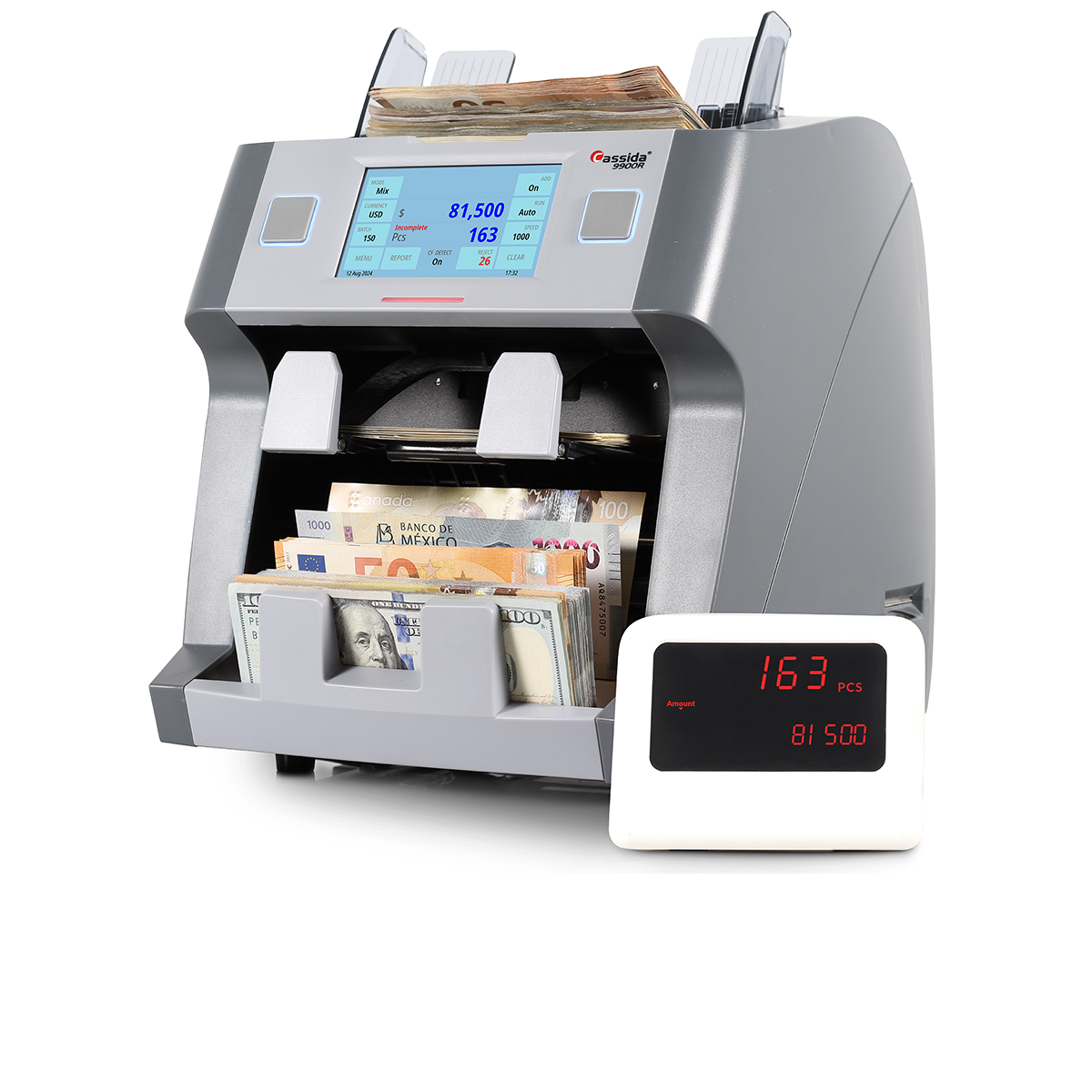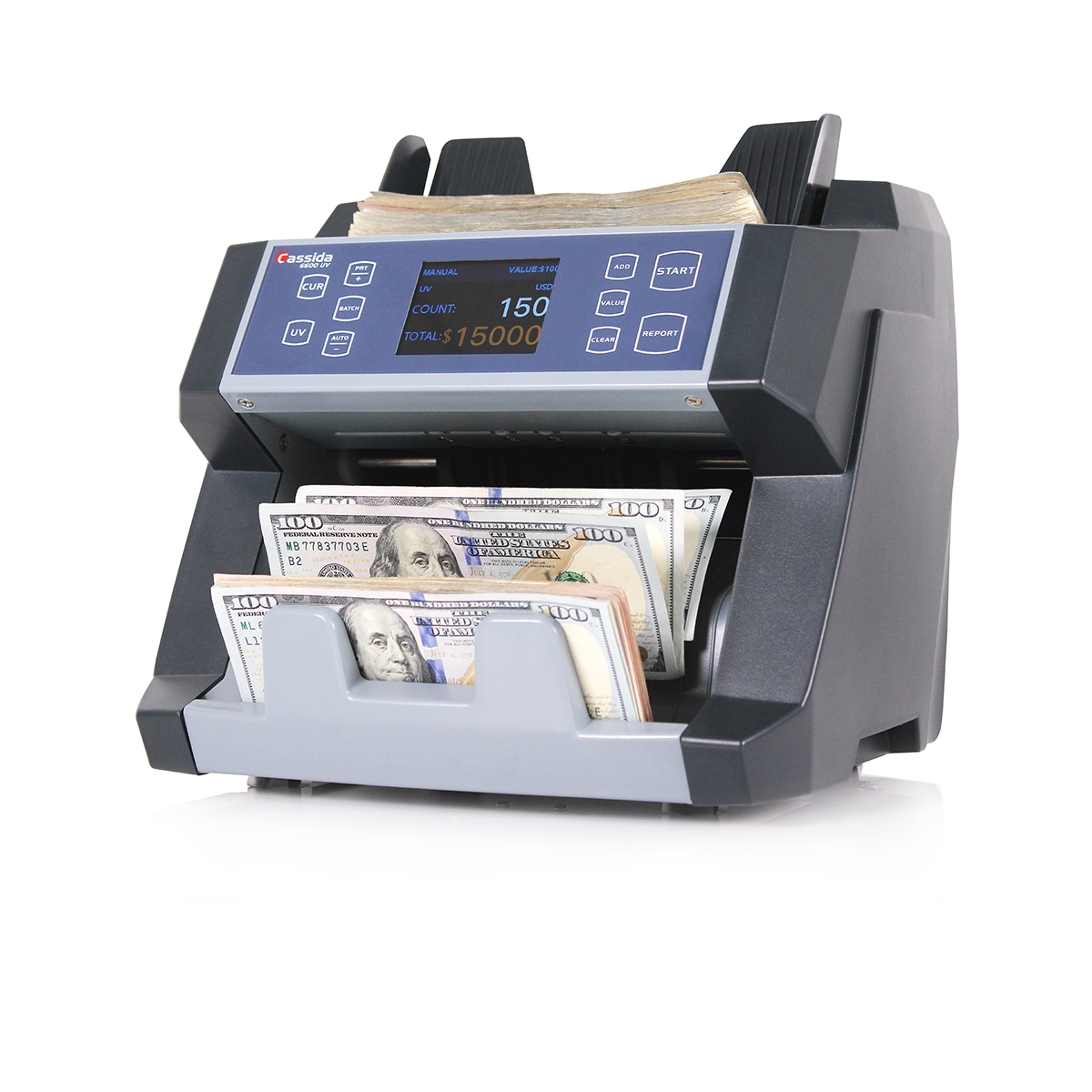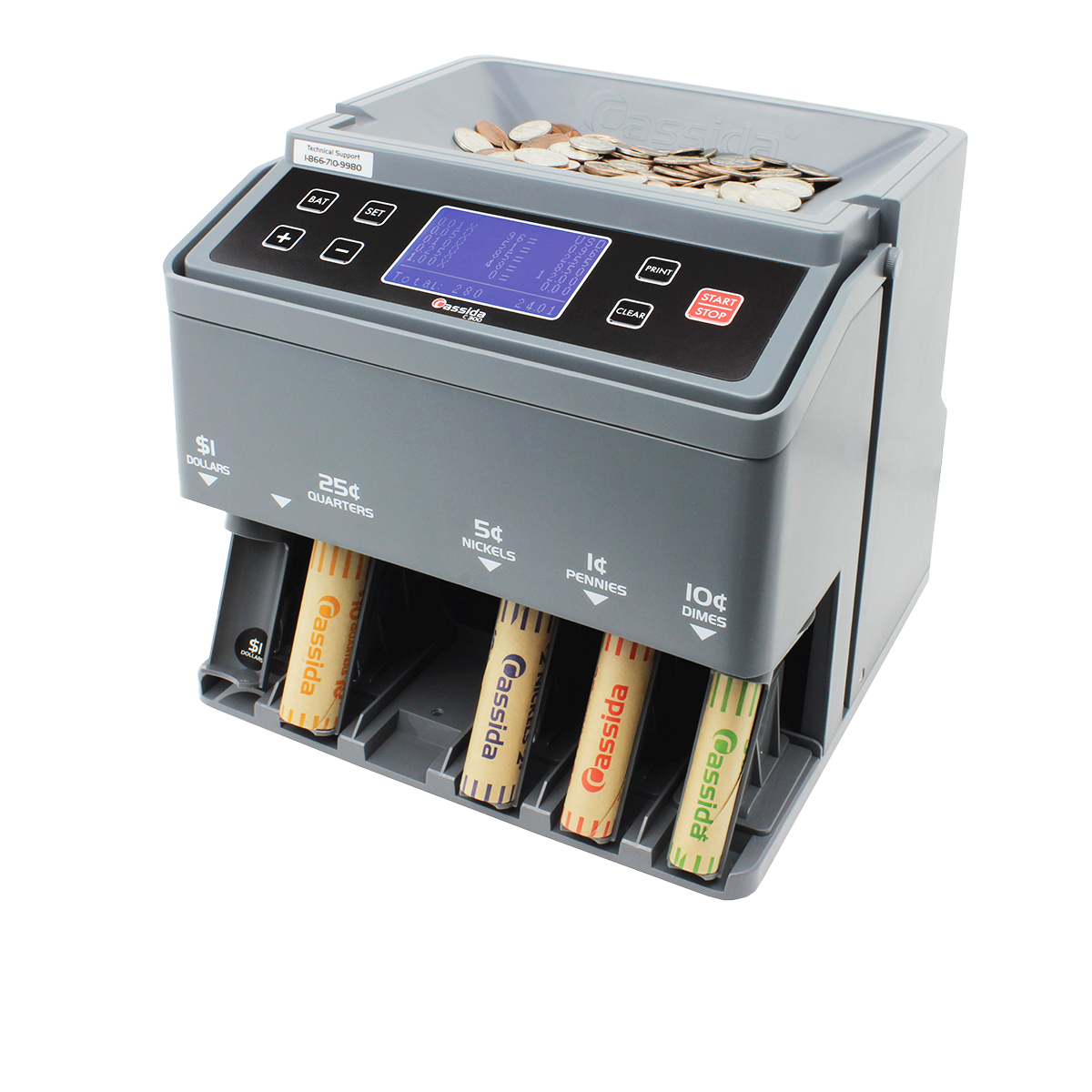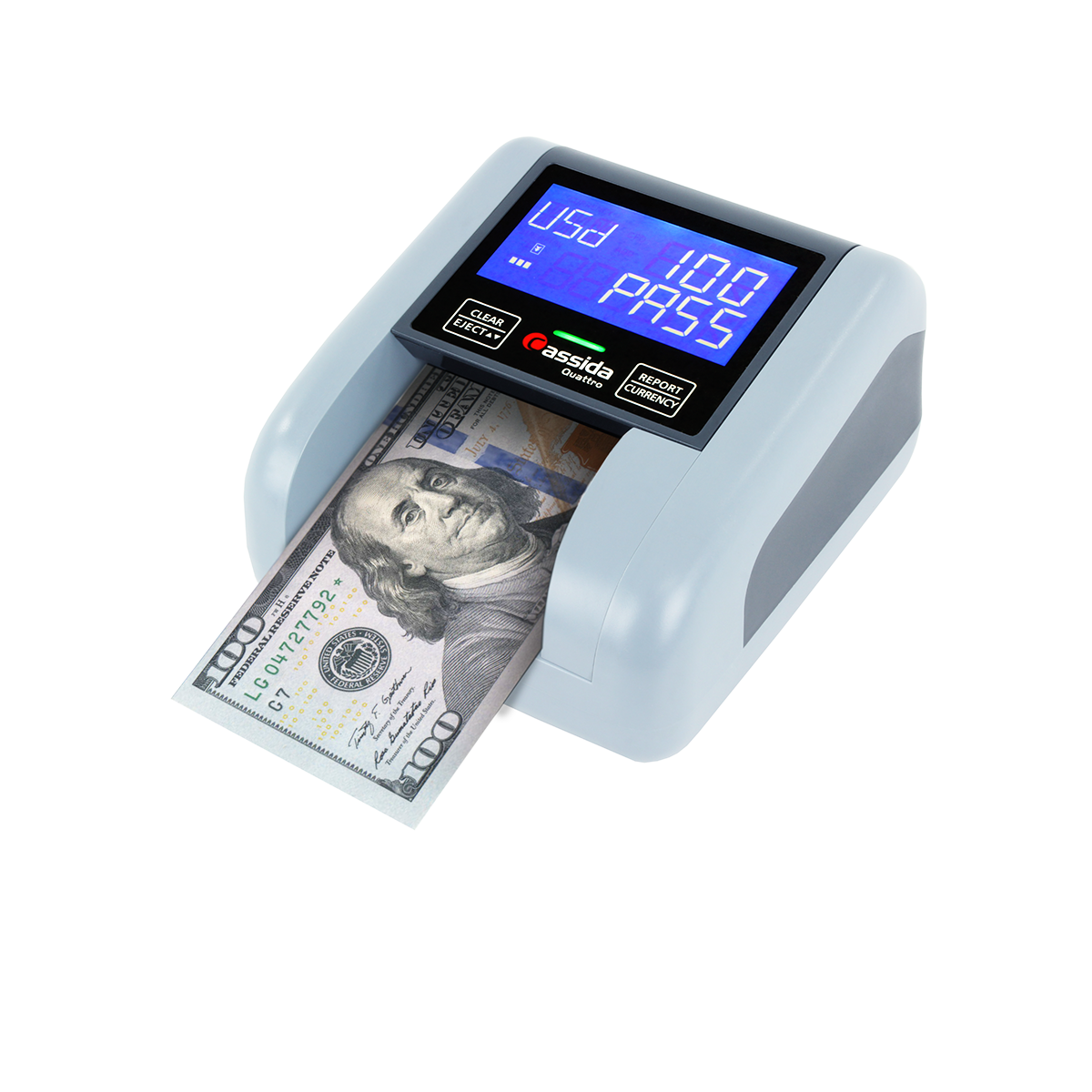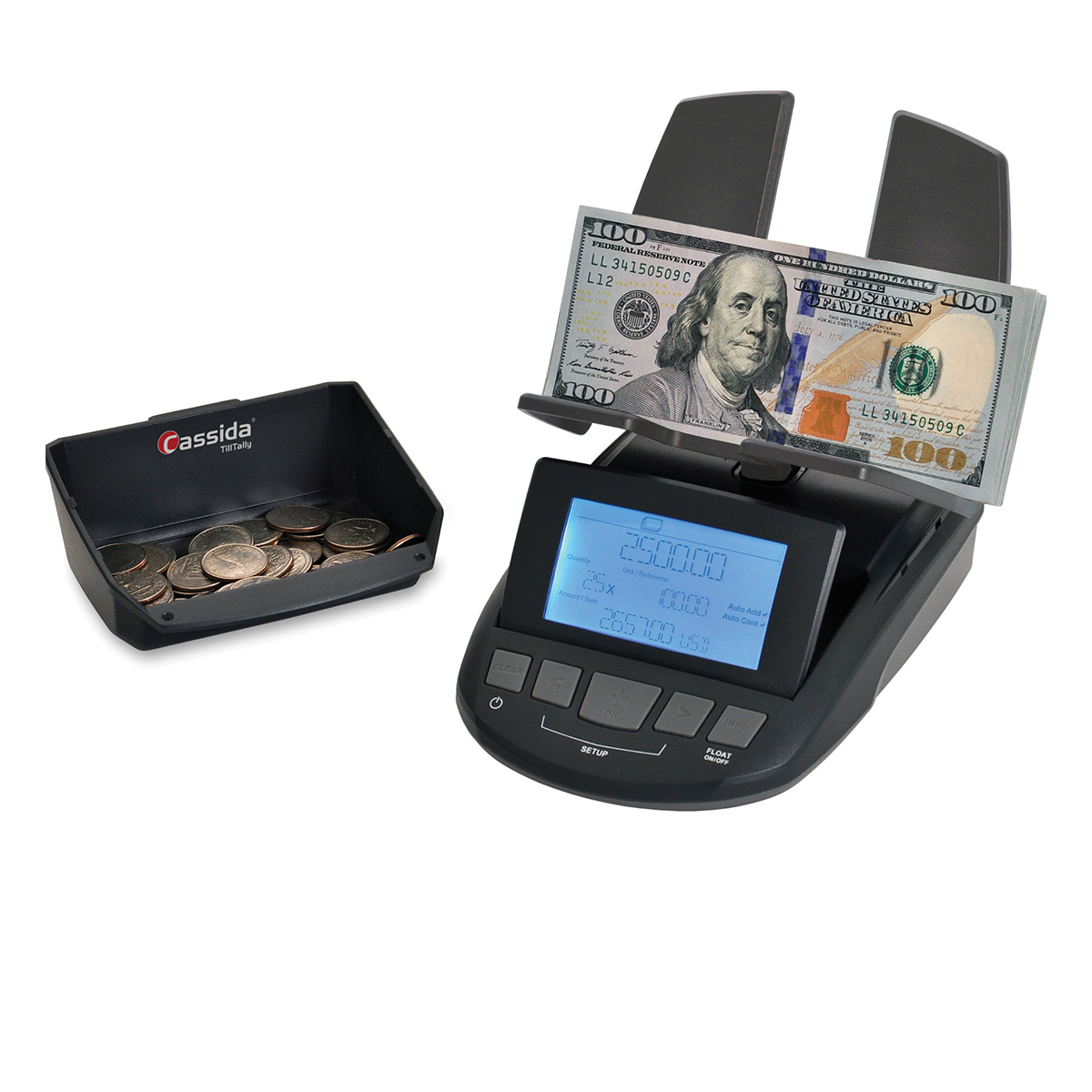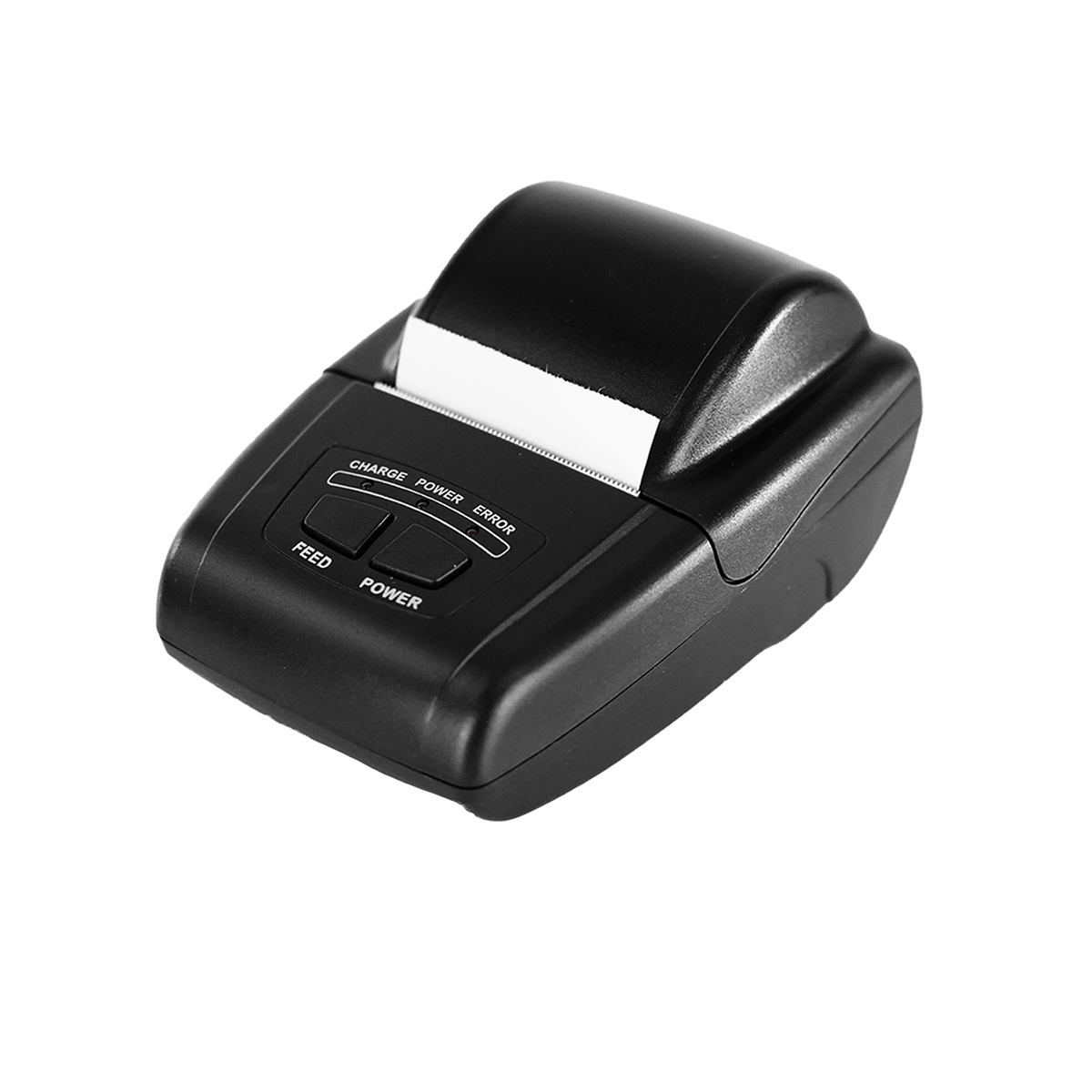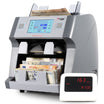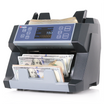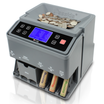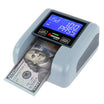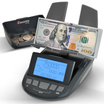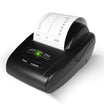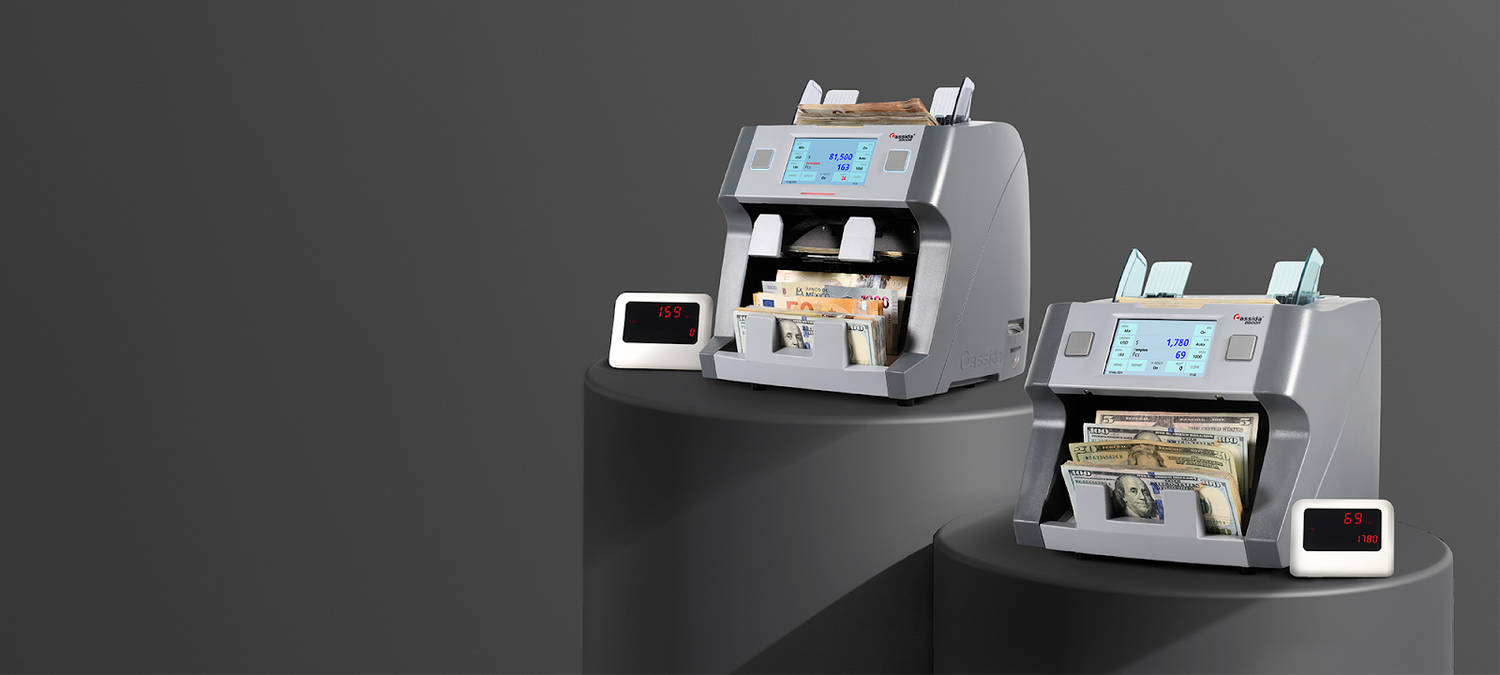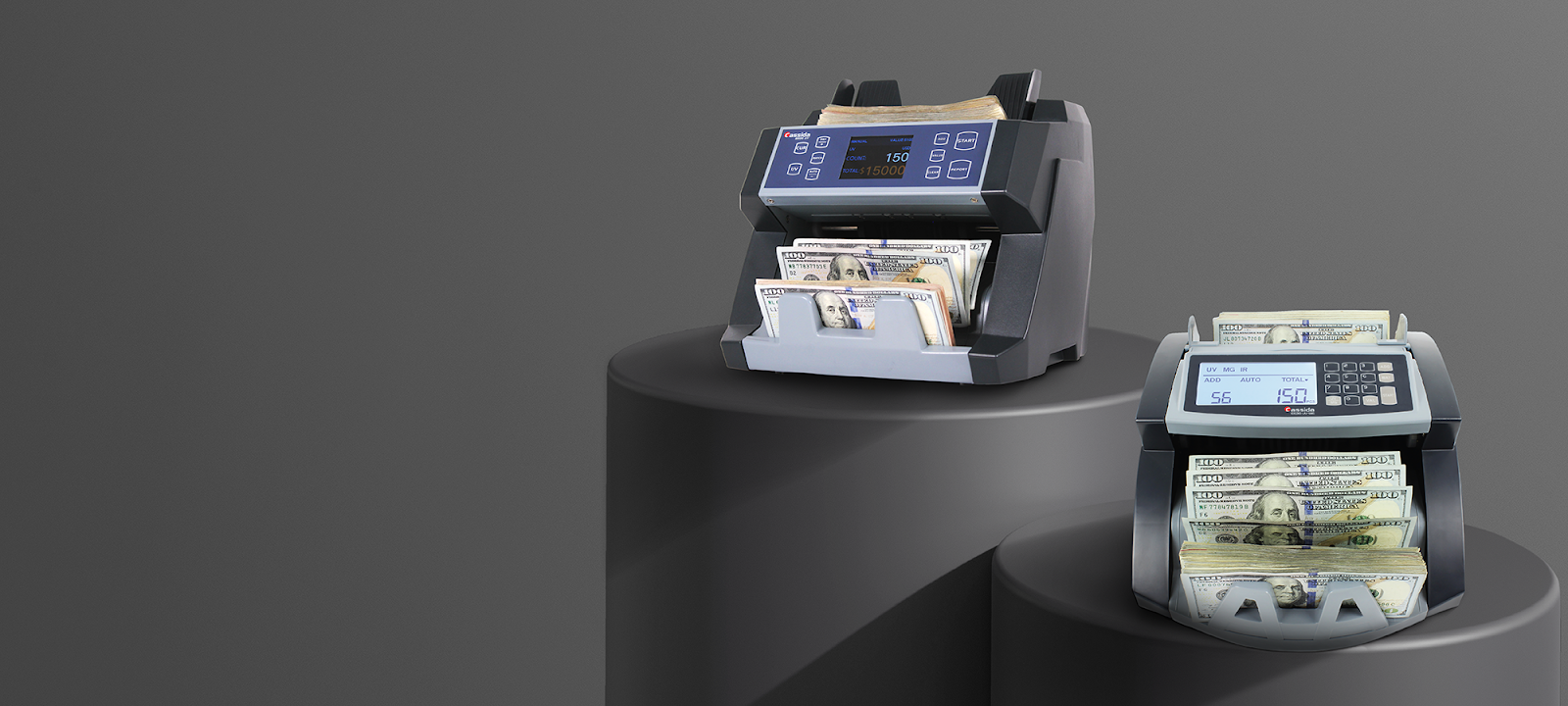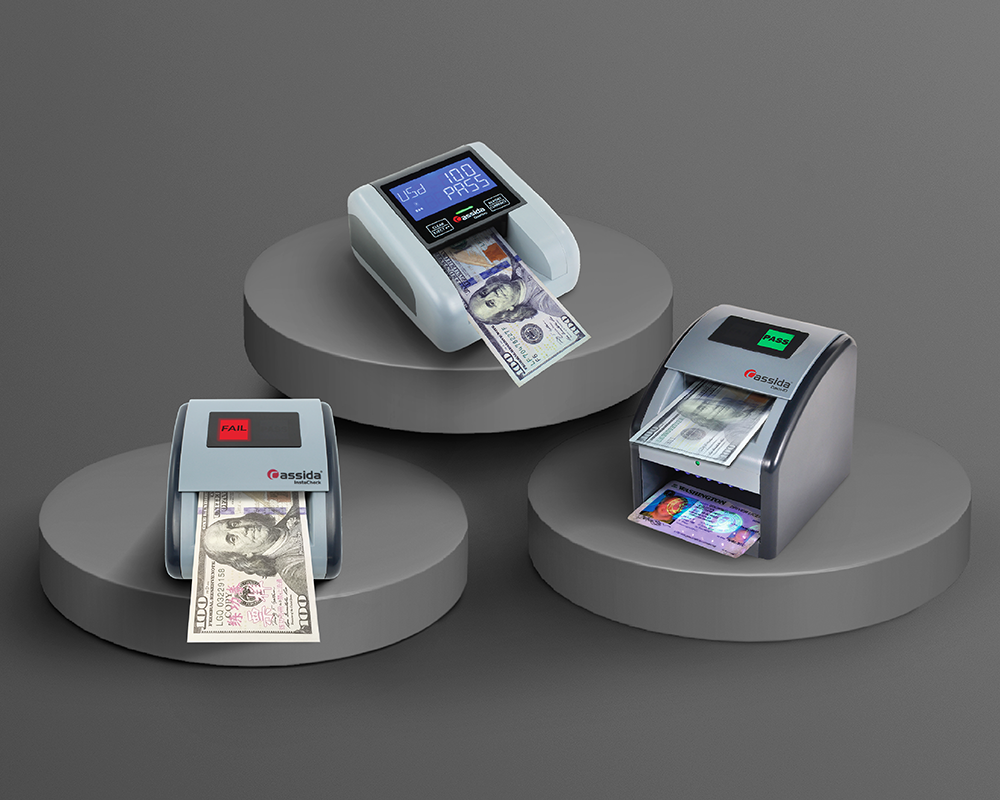When choosing a money counter for your business, it’s important to understand the two types that are available: mixed bill counters and standard bill counters. Each currency counter serves distinct purposes.Knowing which fits your business's needs can make all the difference. Here’s an in-depth comparison to help you determine which option is best for your operations.
Key Differences Between Mixed Bill Counters and Standard Bill Counters
Mixed Bill Counters automatically count and sort bills of various denominations, making them ideal for businesses with high volumes of unsorted cash or those needing multi-denomination support. Standard Bill Counters, on the other hand, count one denomination at a time, making them better suited for businesses with pre-sorted bills or lower volumes of cash, offering a more cost-effective solution.
What Are Mixed Bill Counters?
Mixed bill counters are designed to count and differentiate bills of various denominations, all while processing them in a random order. For example, you can bulk feed stacks of $1, $5, $10, and $20 bills, and it will count the total number of bills, sort them by denomination, and provide the total monetary value.
Mixed bill counters are an invaluable tool for businesses managing large amounts of unsorted cash, significantly reducing the time and effort required for cash handling.
Core Features of Mixed Bill Counters:
-
Advanced Bill Recognition Technology:
These counters are equipped with sophisticated sensors capable of identifying and categorizing denominations automatically. This feature eliminates the need to sort bills manually before counting, enhancing convenience and productivity. - Multi-Currency Support:
Many mixed bill counters can process multiple currencies, including the US Dollar and Canadian Dollar. High-end models extend their capabilities to additional international currencies, making them ideal for businesses operating globally. -
Enhanced Counterfeit Detection:
Mixed bill counters incorporate advanced counterfeit detection technologies, such as UV (ultraviolet), MG (magnetic ink), and IR (infrared) sensors. These systems ensure accuracy by flagging counterfeit or suspicious bills during the counting process.To learn more about counterfeit bill detection, read our blog on Counterfeit Detectors – Why You Need One and How to Use It.
- Sorting and Reporting:
Beyond simple counting, these machines provide detailed breakdowns of denominations, allowing businesses to reconcile cash more effectively and maintain accurate financial records.
Industries Benefiting from Mixed Bill Counters:
- Retail and Hospitality: Efficiently sort cash from daily sales.
- Banking and Financial Institutions: Streamline operations for bulk cash deposits.
- Multi-Currency Businesses: Simplify cash management in international transactions.
Examples of Cassida Mixed Bill Counters:
What Are Simple Bill Counters?
Simple bill counters are designed for straightforward counting of banknotes, one denomination at a time. Unlike mixed bill counters, they do not identify or differentiate between denominations, requiring users to manually pre-sort cash before feeding it into the machine.These single-denomination counting machines offer a fast, reliable, and cost-effective solution for businesses that primarily deal with sorted cash.
Core Features of Simple Bill Counters:
-
Fast and Efficient Counting:
Simple bill counters can process large stacks of pre-sorted banknotes quickly and with high precision, reducing manual effort and saving time. -
Cost-Effectiveness:
With fewer advanced features, these devices are an affordable option for small businesses or operations with basic counting needs. -
Basic Error Detection:
While they lack denominational recognition, many models include features such as double-note detection, chain-note detection, and half-note detection to ensure accurate counts even when bills are slightly misaligned. -
Compact and Portable Design:
Simple bill counters are often lightweight and space-saving, making them suitable for small offices or retail environments with limited space.
Industries That Rely on Simple Bill Counters for Efficiency
- Retail Shops: Ideal for end-of-day cash reconciliations.
- Small Businesses: Reliable and affordable for businesses with limited cash-handling needs.
- Auxiliary Devices for Banks: Useful as secondary machines for verifying sorted cash.
Examples of Cassida Simple Bill Counters:
Choosing the Best Money Counting Machine
When deciding between a mixed bill counter and a simple bill counter, consider the volume and complexity of your cash-handling needs.
- Choose a Mixed Bill Counter if your business handles unsorted cash, deals with multiple currencies, or requires detailed reporting and counterfeit detection.
- Choose a Simple Bill Counter if your operations primarily involve sorted cash and you need a cost-effective, reliable counting solution.
Cassida offers a range of both mixed and simple bill counters to meet diverse business needs. With advanced features, robust reliability, and exceptional value, Cassida ensures you have the right tools for seamless cash management.
Frequently Asked Questions (FAQ)
1. What is the difference between a mixed bill counter and a standard bill counter?
A mixed bill counter automatically counts and sorts bills of various denominations, making it ideal for businesses that handle high volumes of unsorted cash and need multi-denomination support. In contrast, a standard bill counter is designed for counting one denomination at a time, typically suited for businesses with pre-sorted bills or low-volume cash handling.
2. How do bill counters detect counterfeit money?
Both mixed bill counters and simple bill counters utilize counterfeit detection technologies, including UV (ultraviolet), MG (magnetic ink), and IR (infrared) sensors, to identify fake or suspicious bills during the counting process. This ensures that businesses receive accurate cash counts while protecting against counterfeit currency.
3. Which businesses benefit from using a mixed bill counter?
Mixed bill counters are ideal for industries such as retail, banking, and hospitality, where large volumes of unsorted cash need to be processed quickly and efficiently. They are particularly useful for businesses that frequently handle multi-currency transactions and need fast and accurate bill sorting.
4. Are standard bill counters cost-effective for small businesses?
Yes, standard bill counters are generally more affordable than mixed bill counters and are ideal for small businesses that handle sorted bills. They provide a reliable and cost-effective solution for daily cash handling, for those who are not in need of advanced features such as multi-denomination sorting.
5. How does a mixed bill counter improve cash management for banks?
Banks benefit from high-speed currency counting with mixed bill counters, which allow them to process large volumes of cash rapidly while ensuring accurate counterfeit detection. This speeds up cash reconciliation and makes handling bulk deposits much more efficient.
6. What is the best bill counter for handling international currencies?
For businesses that handle multi-currency transactions, a mixed bill counter is the best option. These bill counters can process various currencies, including the US Dollar, Canadian Dollar, Mexican Peso, and other international banknotes, making them perfect for businesses with a global customer base.
7. How do I maintain my Cassida bill counter?
To maintain your Cassida bill counter, regularly clean the sensor and feed rollers, check for paper debris, and follow the manufacturer’s guidelines for preventive maintenance. For optimal performance, we recommend using the Cassida Cleaning Kit, which is specifically designed to safely and effectively clean your bill counter, ensuring smooth operation and prolonging its lifespan. Keeping your bill counter in good working condition ensures high-speed currency counting and minimizes the risk of errors or downtime.
8. Are Cassida bill counters suitable for high-volume cash handling?
Yes, Cassida bill counters are specifically designed for high-volume cash handling. With advanced features like high-speed counting and multi-denomination sorting, they are ideal for businesses that need to process large amounts of cash quickly and accurately, such as banks, retail chains, and casinos.
Watch a Cassida-produced video on this topic, where our account manager, Mark Despars, explains the difference between a bill counter and a discriminator. You can find his detailed answer from 1:25 to 3:17 in the video:


